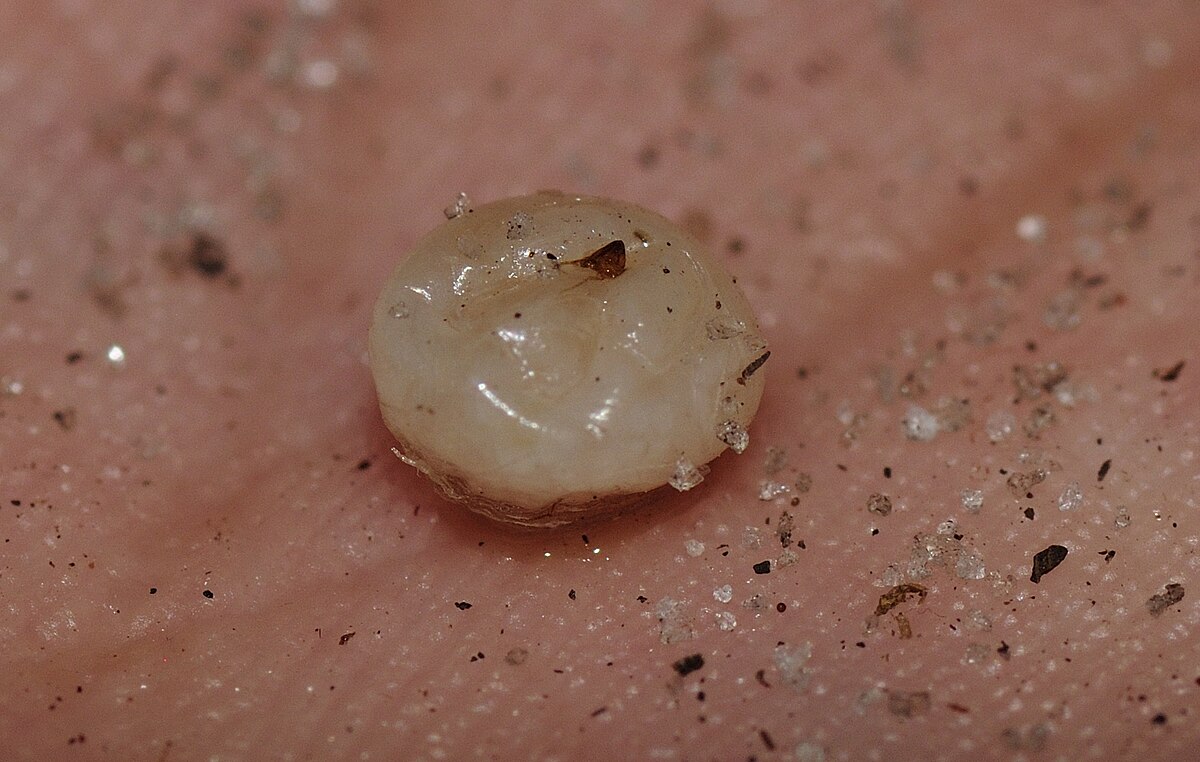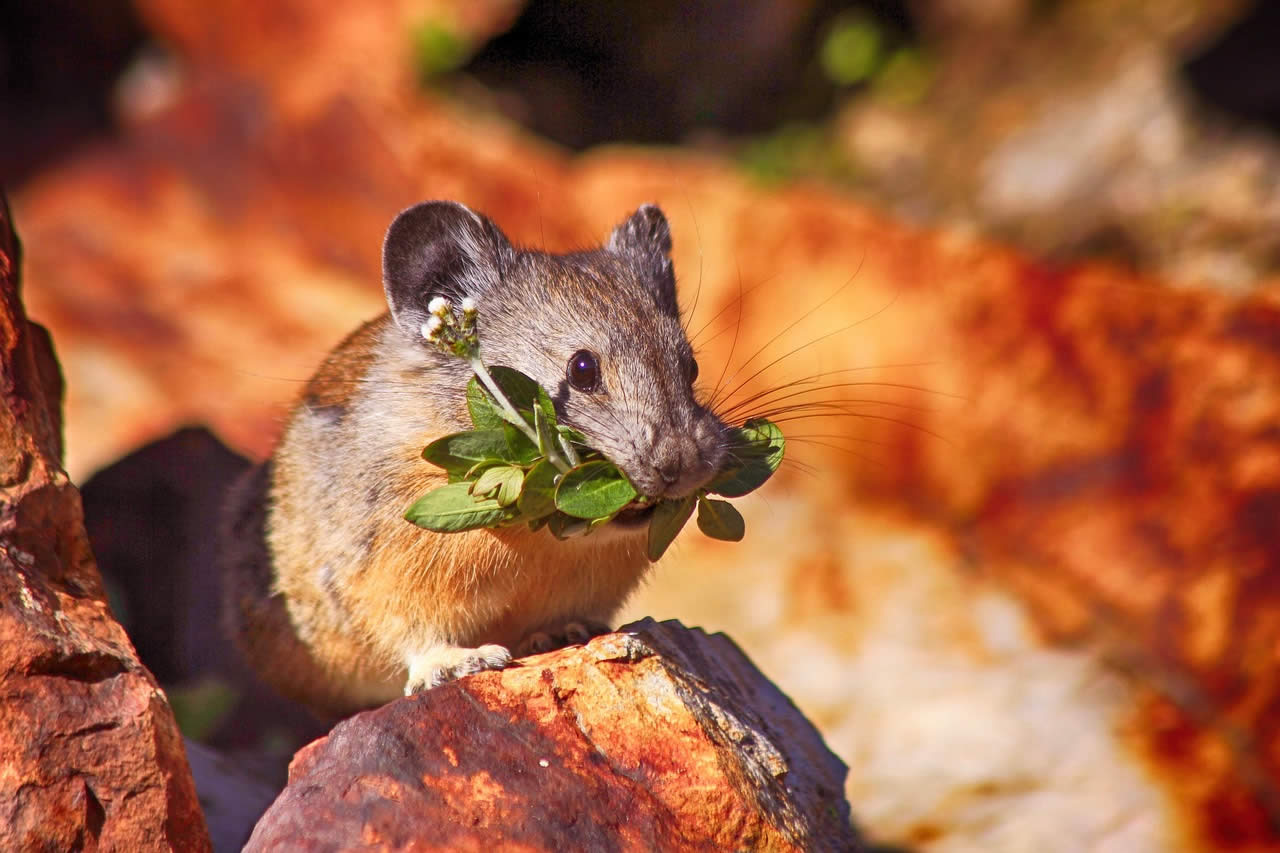If you’ve ever dealt with fleas, you’ll know they don’t go away easily. They’re tiny, fast-moving, and persistent. But what really makes them a problem is how long they can survive — with or without a host. Under the right conditions, adult fleas live much longer than you’d expect. And even when they’re not feeding, some life stages allow them to hang around your home, waiting for the perfect moment to strike.
If you’re wondering why they’re so hard to get rid of, it comes down to their life cycle, how they reproduce, and where they hide. In this guide, you’ll see what helps them survive, how long they stick around, and why a proper approach is the only way to truly clear them out.
Table of Contents
ToggleThe Flea Life Cycle: What You’re Really Dealing With
To understand how fleas manage to stay in your home for weeks — sometimes months — it helps to look at how they grow. Their life cycle has four distinct stages. Each one is built for survival.
The Egg Stage
It starts when an adult female lays eggs — often while feeding on a pet. These eggs don’t stick. They drop off and settle into carpets, cracks in the floor, furniture, or bedding. You can’t really see them; they’re white, oval, and just 0.5mm long.
If conditions are right, these eggs hatch in one to ten days. The more warmth and humidity around, the quicker the process.
The Larvae Stage
Once the eggs hatch, the larvae emerge. They’re not mobile in the way adult fleas are. These worm-like larvae avoid light and burrow into fabric, rugs, or soft furnishings. You won’t notice them, but they’re there, feeding on “flea dirt” — essentially dried blood passed by adult fleas.
They stay in this stage for five to twenty days before building a cocoon. Roughly 35% of the flea population in your home will be larvae, hiding deep in places you can’t easily reach.
The Pupae Stage
This stage is the most difficult to tackle. Inside their protective silk cocoon, pupae begin to change into adult fleas. Under perfect conditions, this transition takes just over a week. But if things aren’t right — too cold or dry — they stay dormant, sometimes for months.
They wait for warmth, movement, or signs of carbon dioxide, which signal a nearby host. Once they sense that, they emerge ready to feed. Around 10% of your home’s flea population will be in this dormant, waiting stage at any given time.
The Adult Stage
Once adult fleas come out of their cocoons, they need a host quickly. Females begin laying eggs within two days of their first blood meal. Adults can live from a couple of weeks to around three months, depending on the temperature, humidity, and how regularly they feed.
As long as conditions stay steady and blood meals are available, they keep feeding and reproducing. That’s where infestations begin to spiral out of control.
Fleas on a Host: How Long They Survive and Thrive
When fleas find a suitable host, their survival chances shoot up. The better the conditions, the longer they’ll live, and the faster they’ll breed.
What Fleas Need to Thrive
Fleas prefer specific conditions. They don’t do well everywhere. Their ideal setup includes:
- Temperatures between 20–30°C
- High humidity — usually around 70%
- Regular blood meals
- Access to protected areas like rugs, bedding, or furniture
In these conditions, fleas grow faster, live longer, and produce more eggs. If it gets too hot, too cold, or too dry, their chances drop significantly.
Lifespan on a Host
If a flea finds a good host and ideal surroundings, it can live around 100 days. Cat and dog fleas — the two most common species in UK homes — often live up to a year if everything’s in their favour.
That said, fleas don’t usually stay on a pet very long. Grooming knocks them off. On pets that struggle to groom — older animals, overweight ones, or those with health conditions — fleas can last longer. In some cases, they’ll stay on the same host for two or three months, feeding regularly and laying eggs daily.
The Reproduction Problem: Why Infestations Escalate Fast
The trouble with fleas isn’t just that they live a long time — it’s how quickly they reproduce. Once a female gets her first blood meal, she starts laying eggs within 48 hours.
On average, a female flea lays around 40–50 eggs a day. Over the course of her life, that number adds up fast — sometimes over 2,000 eggs from one flea.
With nearly half of those eggs becoming female fleas, you’re not just seeing a few insects — you’re looking at exponential growth. That’s how a few fleas turn into a full infestation in less than two months.
Fleas Without a Host: How Long Can They Last?
Without blood, fleas don’t last forever — but they can survive long enough to keep causing problems.
Adults Without Blood
Adult fleas that lose their host don’t live long. Without a meal, they usually die within four days. Those that haven’t fed yet might survive up to 15 days, depending on temperature and humidity. But even in near-perfect conditions, they won’t last more than two weeks without food.
Females are more fragile. If a feeding female loses her host, she can die within 24 hours. To stay alive and fertile, she needs blood every 12 hours or so.
Why Pupae Are Different
Pupae are the outliers. They’re the reason flea infestations feel impossible to shift. Inside their cocoons, they enter a state of dormancy — not growing, not feeding, just waiting.
They can sit like that for months, sometimes up to a year. They survive harsh environments, even in places with barely any humidity. Their cocoons protect them from sprays and household cleaners. That’s why infestations often seem to return — they never fully left.
What Makes Fleas Survive Longer
- Temperature – The warmer the space, the faster fleas grow.
- Humidity – Moisture keeps eggs and larvae alive longer.
- Shelter – Fleas hide in deep fabrics, between floorboards, or under furniture.
- Season – They thrive in spring and summer, when conditions naturally help them grow.
Movement — like walking over a carpet — can trigger dormant fleas to emerge. Just the heat from your footstep can wake them up and send them searching for a host.
Different Flea Species, Different Survival Skills
Most homes deal with cat fleas. But other types show up occasionally, especially in rural areas or older buildings.
Cat Fleas (Ctenocephalides felis)
These are the most common in UK households. You’ll find them on cats and dogs alike. They adapt well and live on over 50 different mammals. In the right conditions, they live up to a year. Once they feed, they start laying eggs in two days and don’t stop until they’re removed or die.
Dog Fleas (Ctenocephalides canis)
Dog fleas are less common now, even on dogs. Most infestations come from cat fleas. Dog fleas behave similarly, with lifespans of up to a year and high reproduction rates — up to 4,000 eggs in a single lifetime.
Human Fleas (Pulex irritans)
These show up less often, usually near pigs or in agricultural areas. They’re tougher than most fleas and survive for weeks or even months. Females can lay around 1,000 eggs. Though rare, they’re known for spreading diseases in the past.
Rat Fleas (Xenopsylla cheopis)
These are better known for their role in spreading plague than causing pet problems. Still, they bite pets and people if rats aren’t around. Some pass diseases through their eggs to the next generation — a rare but serious concern.
Can Fleas Just Die Off Naturally?
They do die eventually — but not soon enough to make a difference. Adult fleas die within days if they can’t feed. But the problem is always the ones you can’t see — the pupae and eggs sitting quietly in carpets and corners.
Starvation Doesn’t Happen Fast Enough
In lab conditions, adult fleas without food survive around four days. Young ones last slightly longer. But once a flea feeds, it depends on blood. Females drop off fast if they don’t get another meal.
That sounds hopeful — until you factor in the cocooned pupae. Those can sit dormant for months and only emerge once there’s movement in the room again.
Why Flea Control Takes Time
Treating your pet is only the start. You still have flea eggs, larvae, and pupae hiding in your environment — roughly 95% of the problem. Even with treatment, those eggs keep maturing and creating new adults.
This is why infestations seem to get worse before they improve. You’re triggering the pupae to emerge, which is actually part of the solution. But you need to stay consistent.
What Breaks the Cycle
- Treat your pets regularly – Don’t skip doses.
- Hoover daily – This stirs up cocoons and helps treatments reach them.
- Wash bedding at high temperatures – Fleas can’t survive hot washes.
- Use targeted sprays on carpets and furniture – Focus on areas where pets sleep or spend time.
Total control takes at least three months. That’s how long it takes to break the cycle completely, from eggs to adults.
Are you looking for pest control in Worcestershire? Get in touch with us and a local pest removal company will be in touch.
Final Thoughts about Pest Control
Fleas might be small, but they’re not easy to deal with. Their ability to survive without feeding, lay hundreds of eggs, and hide out for months makes them one of the most persistent pests in any home.
Understanding how they grow — and where they hide — helps you deal with them properly. You can’t wait them out. You need to disrupt their life cycle at every stage. That takes time, consistency, and a mix of pet care and environmental control.
Once you’ve got a proper routine in place, you’ll start seeing results. Just don’t stop too soon — the most stubborn fleas are always the last to go.






